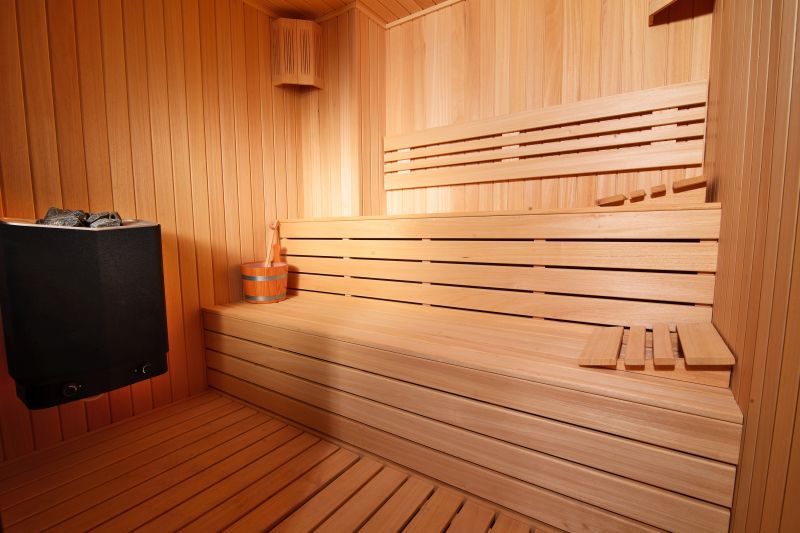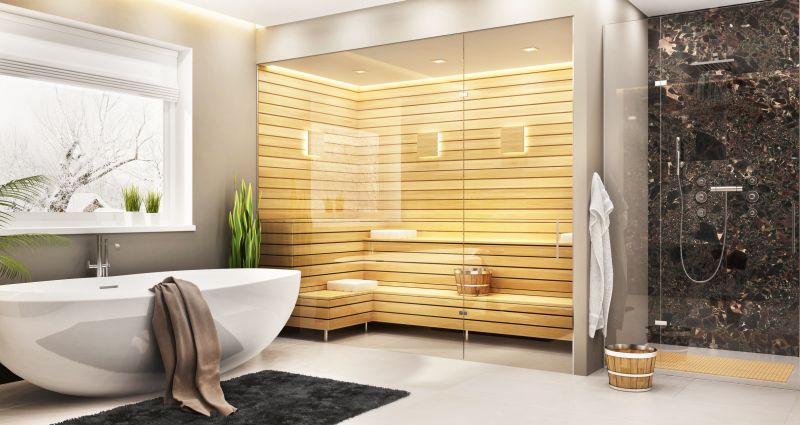Optimal Timing for Steam Shower Installation
Installing a steam shower requires careful timing to ensure optimal results and convenience. Factors such as climate, household schedules, and renovation timelines influence the ideal period for installation. Typically, the best time aligns with periods of lower household activity and favorable weather conditions for construction work.
Spring and fall often provide optimal weather for installation, minimizing weather-related delays and allowing for easier ventilation during construction.
Scheduling during home renovation projects can streamline installation, especially when other bathroom upgrades are planned concurrently.
Planning ahead ensures availability of contractors and materials, reducing wait times and ensuring quality installation.
Avoiding extreme cold or heat can facilitate better installation conditions and reduce risks related to temperature-sensitive components.

Ways to make Steam Shower Installations work in tight or awkward layouts.

Popular materials for Steam Shower Installations and why they hold up over time.

Simple add-ons that improve Steam Shower Installations without blowing the budget.

High-end options that actually feel worth it for Steam Shower Installations.

Finishes and colors that play nicely with Steam Shower Installations.

Little measurements that prevent headaches on Steam Shower Installations day.

A 60-second routine that keeps Steam Shower Installations looking new.

A frequent mistake in Steam Shower Installations and how to dodge it.
| Factor | Impact |
|---|---|
| Weather Conditions | Mild weather reduces installation delays |
| Household Activity | Less disruption during low activity periods |
| Contractor Availability | Scheduling flexibility improves with advance planning |
| Material Delivery | Timing affects availability of specialized components |
| Temperature Sensitivity | Optimal temperatures prevent installation issues |
Steam shower installations involve specialized plumbing and electrical work, which require precise planning and execution. Proper timing ensures that the installation process proceeds smoothly, with minimal interruptions and optimal functioning of the steam system. Additionally, scheduling during suitable seasons can help in managing ventilation and drying processes, leading to better long-term performance.
